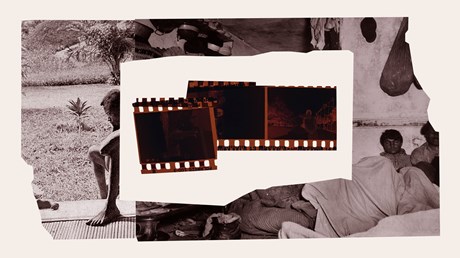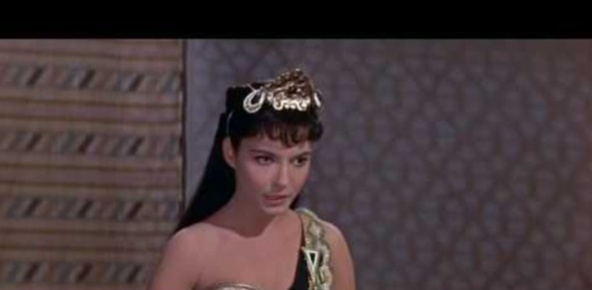Photography played a key role in 19th- and 20th-century Christian outreach and missions.

In the early years of the 20th century, Jacob August Riis was spotlighting the squalid New York City neighborhoods where hundreds of thousands were packed into dank and dangerous tenements. Half a world away, Alice Seeley Harris was working to expose the brutal regime terrorizing millions in the Congo Free State. In their quests to capture attention and inspire action, Riis and Harris each discovered a secret weapon: photographs.
A reporter who immigrated to the US from Denmark when he was 21, Riis turned to new techniques of flash photography to illuminate the conditions of impoverished New Yorkers crammed into shoddy, windowless apartment buildings. Meanwhile, Harris and her husband John, both British Baptist missionaries in the Congo, smuggled out photos documenting the shocking atrocities being committed under the colonial rule of King Leopold II of Belgium.
Using the still-novel craft of photography, both Riis and Harris spurred national and international efforts that helped change the lives of millions of people. More than a century later, their efforts are honored in books, plays, and exhibitions and also remembered on World Photography Day—August 19—which pays tribute to the history of the craft and its power to influence people.
Neither Harris nor Riis would have described themselves as photographers. Riis was a writer and lecturer who implored the public to rise up and fight the misery he witnessed in the slums of New York City. He published articles describing how people lived like “vermin” and “inmates” in decrepit buildings that lacked ventilation and basic plumbing, but his message took on new power when he realized how flash photography could shed light on those issues. Riis ...
from Christianity Today Magazine
Umn ministry




.gif)

.gif)
.gif)
